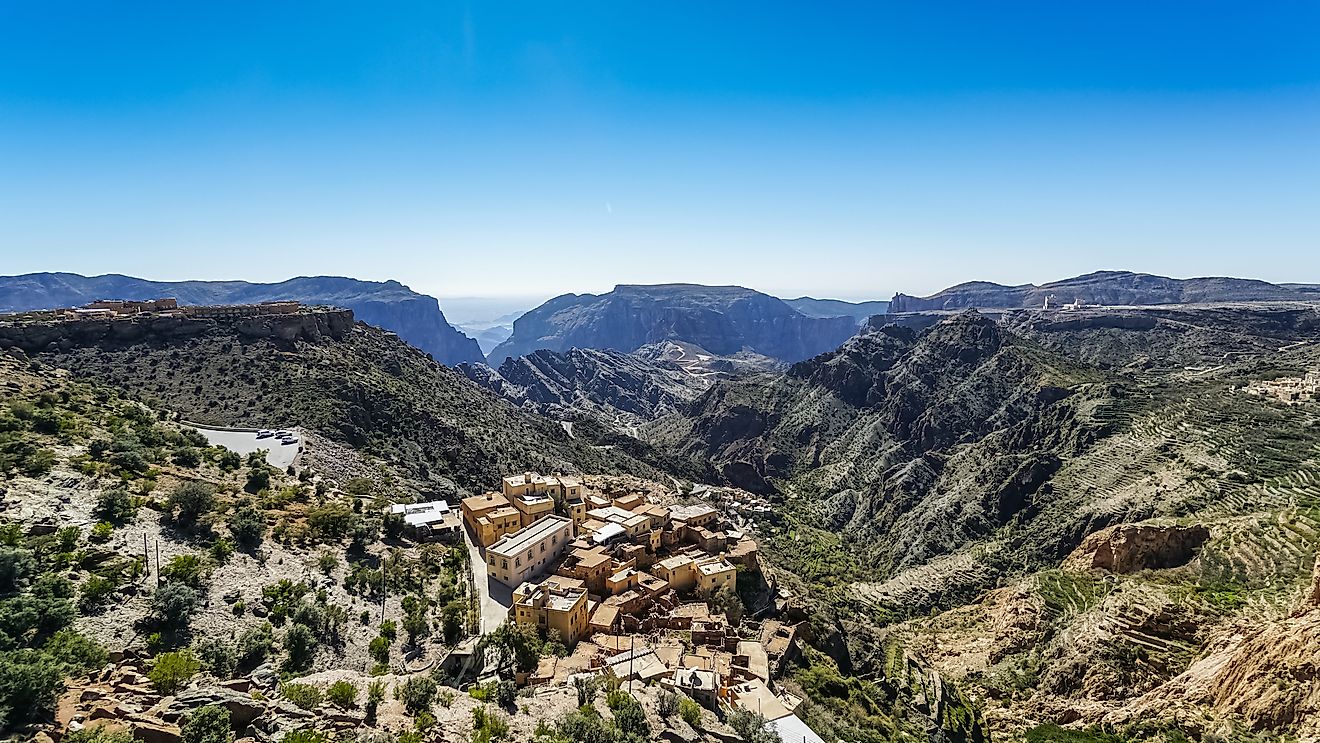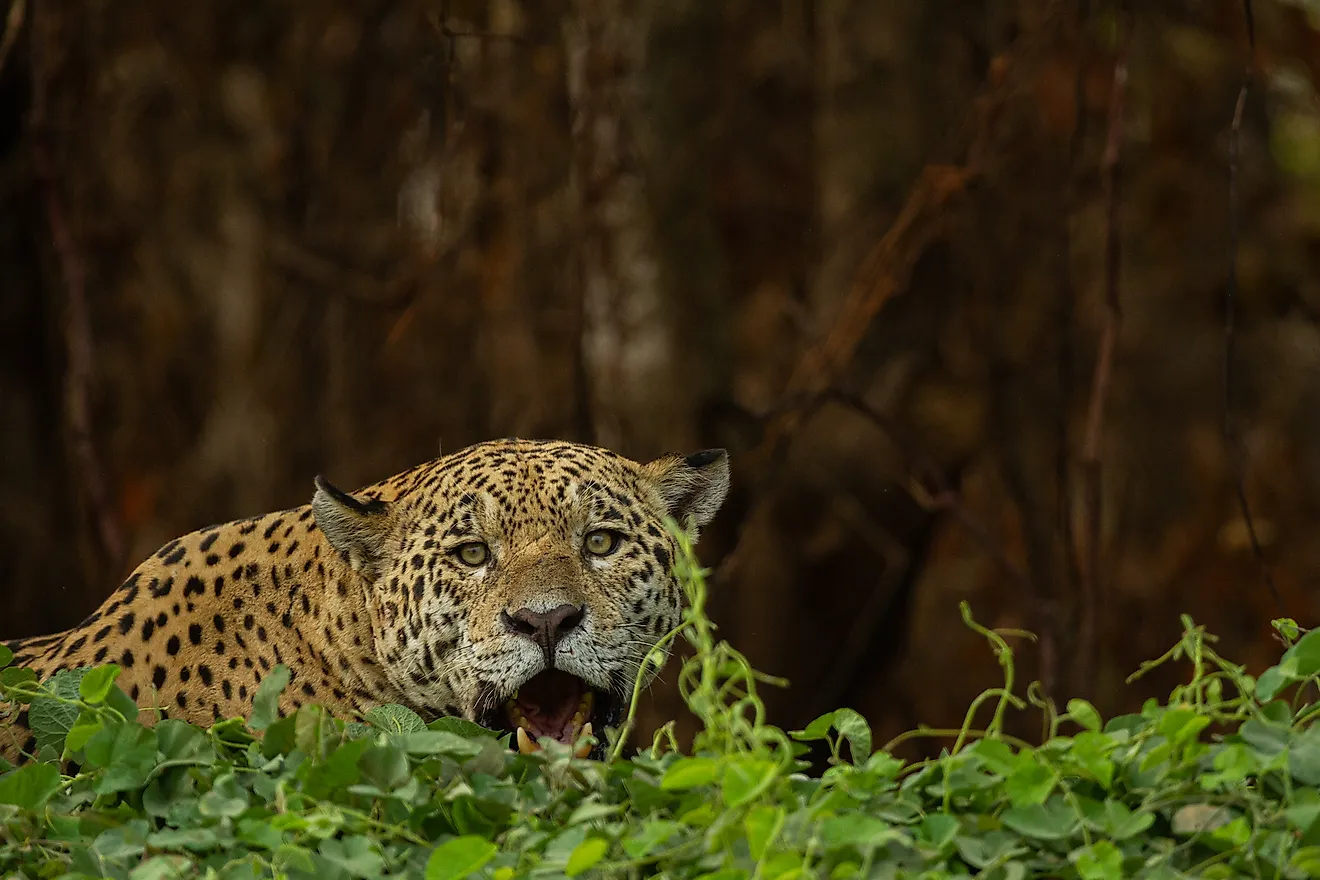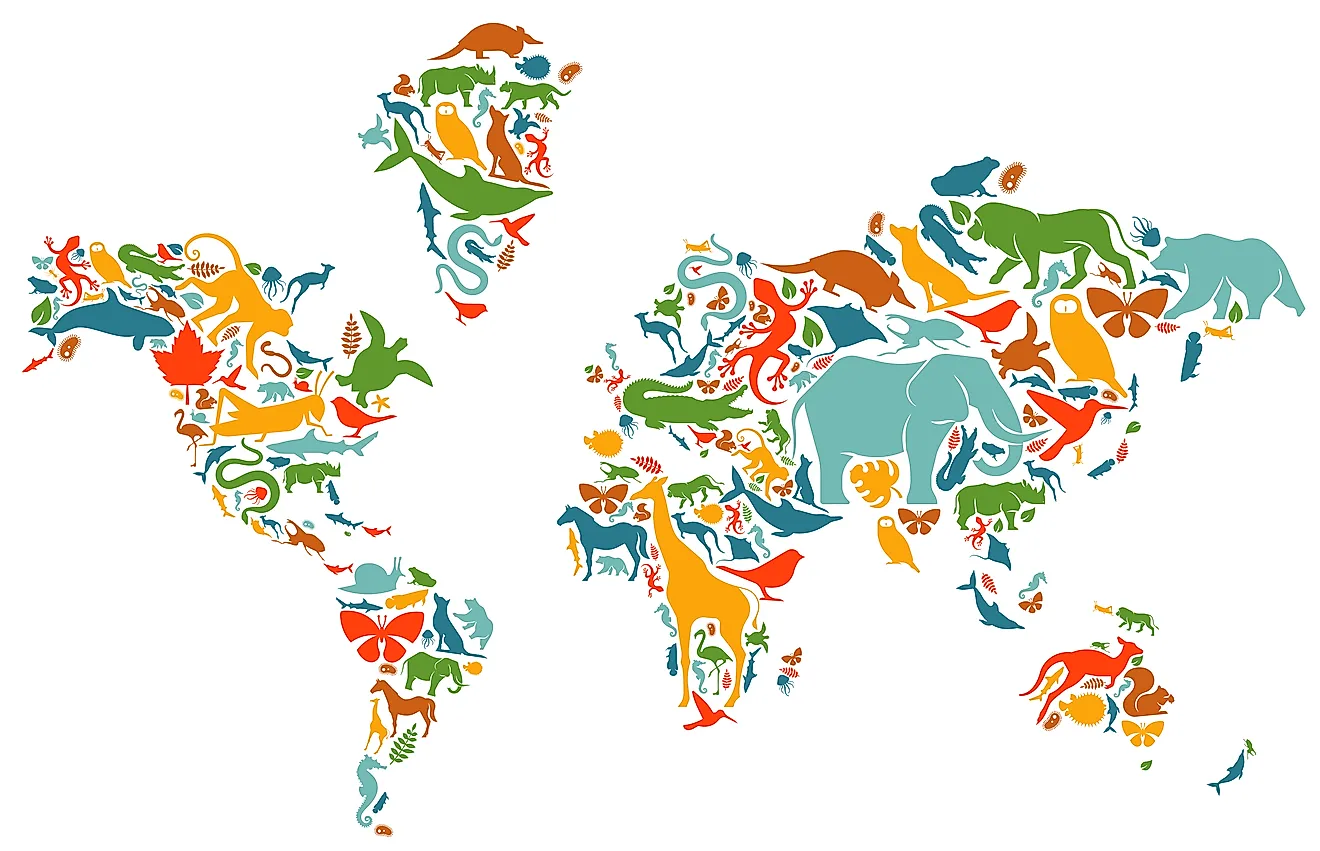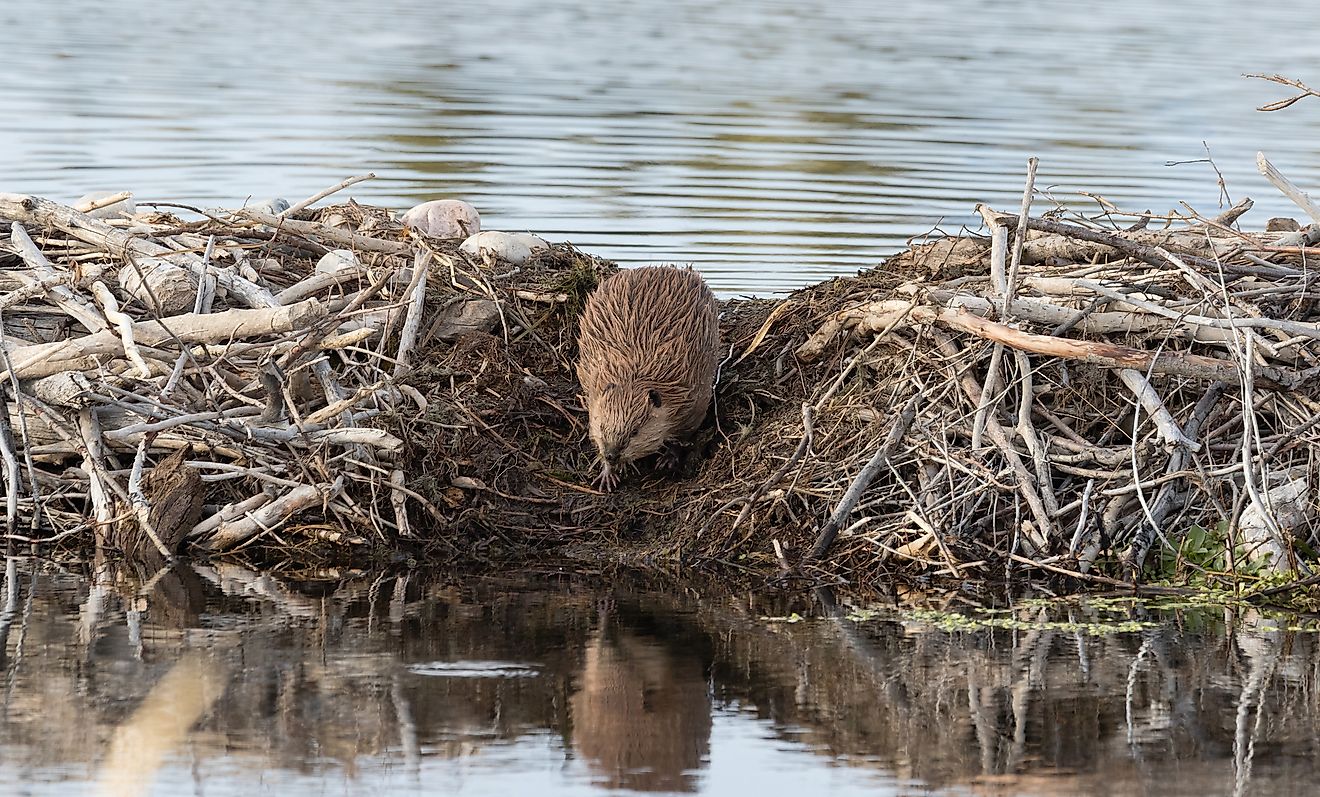Ecological Regions Of China
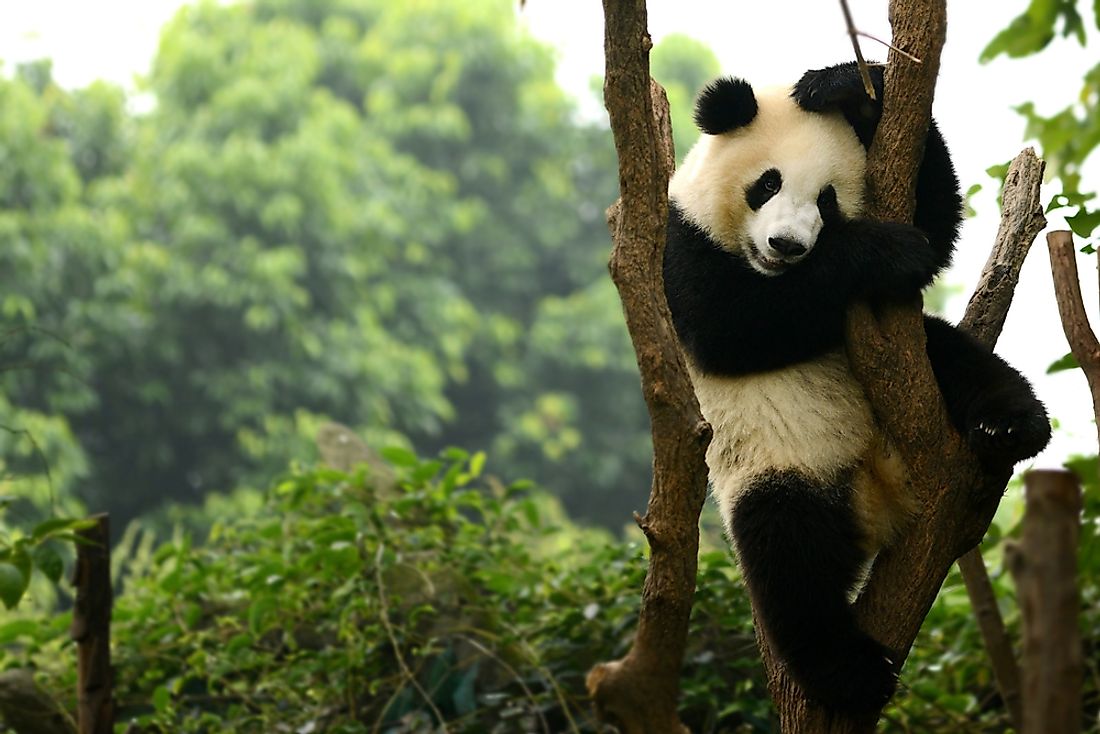
The People’s Republic of China encompasses an area of 3,705 square miles. Over this large tract of land are many different landscapes. China is covered with deserts, forests, mountains, and wetlands. Its biodiversity is found throughout various biomes such as desert and xeric shrublands, montane grasslands and shrublands, temperate coniferous forests, flooded grasslands and savannas, temperate broadleaf and mixed forests, and tropical and subtropical moist broadleaf forests. This article takes a look at some of the ecological regions within these biomes.
Alashan Plateau Semi-Desert
The Alashan Plateau semi-desert is part of the desert and xeric shrubland biome. The plateau is located in the southwestern region of the Gobi Desert. The plateau rises up above the desert to heights between 3,300 to 4,900 feet, its top is mainly covered in flat, barren land. Surrounded by the Yellow and Ejin rivers and the Qilian mountains, the Alashan Plateau has some plant and animal life. The most common plants include the field woodworm, acacia, and the prickly convolvulus. The animals that can be found here include the antelope, hedgehog, fox, lizard, wolf, sparrow, crane, and crested lark. This area is threatened due to increasing human population that the government has encouraged in an effort to turn this land into agricultural land. The increase in humans has resulted in an increase of hunting which has, in turn, decreased the number of gazelle and falcons in this ecoregion.
Altai Alpine Meadow and Tundra
The Altai Alpine meadow and tundra is located within a montane grasslands and shrublands biome. Located between plains and mountains, the Altai receives significant rainfall which creates many different waterways such as lakes, marsh, and rivers. These waterways feed into some of the longest rivers in the world. Due to its changing altitudes, the area is filled with a wide diversity of plants. This ecoregion is an important habitat to the endangered snow leopard and its food sources. Other animals found here include the lynx, musk deer, Altai pika, and arctic ground squirrel. Because the region remains difficult to access, it has not suffered under a great deal of environmental threats. There is some mining and hunting in the region, however, that has not left the Altai entirely unchanged.
Altai Montane Forest and Forest Steppe
The Altai montane forest and forest steppe ecoregion is home to 974 plant species and 60 endemic species. The Argali wild sheep, snow leopard, Siberian roe deer, reindeer, and brown bear all live within these mountains. Given the wide forestland within these mountains, many bird species also find shelter here, including the golden eagle, dalmatian pelican, and great bustard. The region is threatened by global climate change, illegal poaching, human development, overgrazing, deforestation, and water contamination. Some nonprofits are currently working to curb these threats by preventing poaching, training border personnel to stop illegal species trade, and promoting public environmental education.
Amur Meadow Steppe
The Amur meadow steppe is located within the flooded grasslands and savannas biome. It is filled with bogs, floodplains, mires, and wet meadows along the Amur-Heilong river. The area floods seasonally and the rivers are home to salmon and sturgeon. The wetlands provide nesting and resting grounds for thousands of birds every year, including the swan geese, Far Eastern curlew, and Baikal teal. The plants are also unique to this ecoregion, some endangered such as the sword-leaved iris and pygmy waterlily. Pollution from nearby agriculture threatens the waters and future plans to build hydroelectric dams along the rivers will drastically impede the migratory path of several fish species.
As previously mentioned, China is an extremely large country with many different biomes and ecological regions. Below is a complete list of these areas.
Ecological Regions Of The People's Republic Of China
| Ecological Regions of the People's Republic of China (as per World Wide Fund for Nature) | Biome |
| Alashan Plateau semi-desert | Deserts and Xeric Shrublands |
| Altai alpine meadow and tundra | Montane Grasslands and Shrublands |
| Altai montane forest and forest steppe | Temperate Coniferous Forests |
| Amur meadow steppe | Flooded Grasslands and Savannas |
| Bohai Sea saline meadow | Flooded Grasslands and Savannas |
| Central China loess plateau mixed forests | Temperate Broadleaf and Mixed Forests |
| Central Tibetan Plateau alpine steppe | Montane Grasslands and Shrublands |
| Changbai Mountains mixed forests | Temperate Broadleaf and Mixed Forests |
| Changjiang Plain evergreen forests | Temperate Broadleaf and Mixed Forests |
| Da Hinggan-Dzhagdy Mountains conifer forests | Temperate Coniferous Forests |
| Daba Mountains evergreen forests | Temperate Broadleaf and Mixed Forests |
| Daurian forest steppe | Temperate Grasslands, Savannas, and Shrublands |
| Eastern Gobi desert steppe | Deserts and Xeric Shrublands |
| Eastern Himalayan alpine shrub and meadows | Montane Grasslands and Shrublands |
| Emin Valley steppe | Temperate Grasslands, Savannas, and Shrublands |
| Guizhou Plateau broadleaf and mixed forests | Tropical and Subtropical Moist Broadleaf Forests |
| Hainan Island monsoon rain forests | Tropical and Subtropical Moist Broadleaf Forests |
| Helanshan montane conifer forests | Temperate Coniferous Forests |
| Hengduan Mountains subalpine conifer forests | Temperate Coniferous Forests |
| Huang He Plain mixed forests | Temperate Broadleaf and Mixed Forests |
| Junggar Basin semi-desert | Deserts and Xeric Shrublands |
| Karakoram-West Tibetan Plateau alpine steppe | Montane Grasslands and Shrublands |
| Manchurian mixed forests | Temperate Broadleaf and Mixed Forests |
| Mongolian-Manchurian grassland | Temperate Grasslands, Savannas, and Shrublands |
| Nenjiang River grassland | Flooded Grasslands and Savannas |
| North Tibetan Plateau-Kunlun Mountains alpine desert | Montane Grasslands and Shrublands |
| Northeast China Plain deciduous forests | Temperate Broadleaf and Mixed Forests |
| Northeastern Himalayan subalpine conifer forests | Temperate Coniferous Forests |
| Northwestern Himalayan alpine shrub and meadows | Montane Grasslands and Shrublands |
| Nujiang Langcang Gorge alpine conifer and mixed forests | Temperate Coniferous Forests |
| Ordos Plateau steppe | Montane Grasslands and Shrublands |
| Pamir alpine desert and tundra | Montane Grasslands and Shrublands |
| Qaidam Basin semi-desert | Deserts and Xeric Shrublands |
| Qilian Mountains conifer forests | Temperate Coniferous Forests |
| Qilian Mountains subalpine meadows | Montane Grasslands and Shrublands |
| Qin Ling Mountains deciduous forests | Temperate Broadleaf and Mixed Forests |
| Qionglai-Minshan conifer forests | Temperate Coniferous Forests |
| Sichuan Basin evergreen broadleaf forests | Temperate Broadleaf and Mixed Forests |
| South China Sea Islands | Tropical and Subtropical Moist Broadleaf Forests |
| South China-Vietnam subtropical evergreen forests | Tropical and Subtropical Moist Broadleaf Forests |
| Southeast Tibet shrub and meadows | Montane Grasslands and Shrublands |
| Taklimakan desert | Deserts and Xeric Shrublands |
| Tarim Basin deciduous forests and steppe | Temperate Broadleaf and Mixed Forests |
| Tian Shan foothill arid steppe | Temperate Grasslands, Savannas, and Shrublands |
| Tian Shan montane conifer forests | Temperate Coniferous Forests |
| Tian Shan montane steppe and meadows | Montane Grasslands and Shrublands |
| Tibetan Plateau alpine shrub and meadows | Montane Grasslands and Shrublands |
| Ussuri-Wusuli meadow and forest meadow | Flooded Grasslands and Savannas |
| Yarlung Zambo arid steppe | Montane Grasslands and Shrublands |
| Yellow Sea saline meadow | Flooded Grasslands and Savannas |
| Yunnan Plateau subtropical evergreen forests | Tropical and Subtropical Moist Broadleaf Forests |

